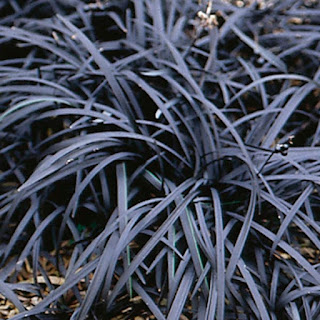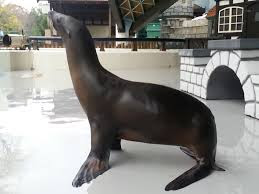Click here for the 'Seeds of Eaden' seed shop
Black plants are excellent for creating contrast and interest. Pair black-foliage plants with lime or light greens, yellows, pinks and a variety of other colours for great effect. Position them in light areas and avoid hiding them in the shade as they can get lost.
While there are very few true black foliage plants, there are a number that are dark purple, dark red and near-black which are stunners and look fantastic in the garden.
Deep purple, almost black foliage make it a great contrast item with anything in your yard that’s green, golden or pink. Blooms with bunches of pink flowers throughout the summer.
Aeonium aerboreum 'Zwartop'
The "flowers" of black rose. are actually rosettes of burgundy-black leaves at the ends of stalk-like stems. In winter, bright yellow flowers contrast with the dark foliage.
Phormium Black Adder
Phormium Black Adder
Dahlia black ‘Bishop of Llandaff’
This fantastic dahlia has near black foliage and semi double deep red flowers. Grows up to 3.5 feet in height.
Weigela florida ‘Dark Horse’
Dark bronze foliage with lime-green venation combines with purplish-pink tubular flowers to create a dramatic statement in the garden. Neat, compact habit is easy to maintain. Dark Horse Weigela is a perfect accent or an element in the shrub border. Deciduous. Best when grown in full sun. Grows to 3ft tall and wide.
Ruellia 'Black Beauty'
The winter deciduous Ruellia 'Black Beauty' makes a 10" tall x 18" wide clump of dark black thumb-shaped leaves. The clumps are topped with 2" mauve lavender flowers during the summer.
Ajuga reptans ‘Binblasca’
This low growing plant features dark burgundy, almost black foliage with scalloped edges. Many small spikes of deep blue flowers bloom in late spring to early summer. Grows 3-6 inches tall and up to 36 inches wide.
This classic, extremely popular ornamental grass features true black, strap-like leaves forming in slowly spreading clumps. Excellent in containers, as a groundcover or in the garden it grows to 10 inches in height.
Actea simplex ‘Hillside Black Beauty'
Actea simplex ‘Hillside Black Beauty'
This gorgeous dark foliage plant has deeply cut, serrated foliage that emerges emerald green, maturing to brilliant dark purple. Towering creamy-white, slender bottlebrush flowers are fragrant as is the foliage. A standout in the shaded border, woodland or cottage garden. Prefers full to part shade and wet or constantly moist soil. Grows to 2ft tall and wide with flower spikes reaching 5-6ft.
Fagus sylvatica var purpurea
This upright growing tree features flossy, veined, dark purple leaves that turn coppery red in Autumn. Excellent specimen tree. Prefers sun to part sun and well drained soils. Grows to a height of 25ft and 15ft across.
With oversized leaves in a sultry blend of purple and black, this plant stands out in any garden or landscape. In sharp contrast, the flowers are a rich tangerine, which is an eye-popping combination with the dark, fade-proof foliage.
Heuchra 'Black Beauty'
Deep, reddish purple leaves which are glossy and profusely ruffled. Compact mounding plants reaching up to 12 inches highs they produce white flowers in the spring.
Colocasia 'Blue hawaii'
These black, velvety leaves look fantastic is the garden. Black Beauty’ is grown for its 2-foot-long, 1-foot-wide, dark purple leaves with green stems and green veins. However it is not hardy so needs plenty of TLC.
More deep red than black, I couldn't resist adding this corker to the list. A fast-growing evergreen shrub, often grown as an annual, with large, palmately lobed leaves and dense spikes of small flowers, followed by prickly seed capsules. Large, deep bronze-red, palmately lobed leaves and showy red female flower spikes in summer.
Black foliage plants
How to grow black grass Ophiopogon planiscarpus 'Nigrescens'















